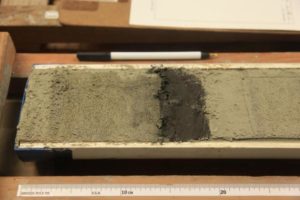by Pohl A. et al. , Aug 17, 2022 in Nature
Abstract
The early evolutionary and much of the extinction history of marine animals is thought to be driven by changes in dissolved oxygen concentrations ([O2]) in the ocean1,2,3. In turn, [O2] is widely assumed to be dominated by the geological history of atmospheric oxygen (pO2)4,5. Here, by contrast, we show by means of a series of Earth system model experiments how continental rearrangement during the Phanerozoic Eon drives profound variations in ocean oxygenation and induces a fundamental decoupling in time between upper-ocean and benthic [O2]. We further identify the presence of state transitions in the global ocean circulation, which lead to extensive deep-ocean anoxia developing in the early Phanerozoic even under modern pO2. Our finding that ocean oxygenation oscillates over stable thousand-year (kyr) periods also provides a causal mechanism that might explain elevated rates of metazoan radiation and extinction during the early Palaeozoic Era6. The absence, in our modelling, of any simple correlation between global climate and ocean ventilation, and the occurrence of profound variations in ocean oxygenation independent of atmospheric pO2, presents a challenge to the interpretation of marine redox proxies, but also points to a hitherto unrecognized role for continental configuration in the evolution of the biosphere.
…

